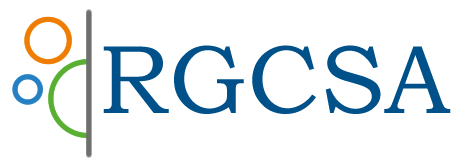The following work forms the first chapter of my doctoral thesis which uses the writing of one of the most outstanding personalities of the Byzantine Empire, Michael Psellos, as a conduit into the world of Byzantine astrology. The focus of the chapter is his celebrated chronicle, The Chronographia, which documents his life and experiences as an influential courtier at the Byzantine court in the eleventh century. Psellos was at the forefront of political life in the Empire and its fluctuating fortunes but somehow managed to combine these duties with a prodigious scholarly vocation. He taught extensively in both public and private capacities – he was appointed Consul of the Philosophers at the University of Constantinople – and was at the forefront of intellectual activity, touching on everything from theology to law, military strategy to esoterica.
Psellos’ writings on esoteric subjects of all sorts, including astrology and other related divinatory practices, are a true treasure trove of information for historians of astrology and practising astrologers alike. This chapter looks at a number of astrological and divinatory episodes in The Chronographia before the investigation broadens out to consider Psellos’ relationship to astrology in detail in a variety of other sources. This context is very important because The Chronographia is an imperial commission and, like many of his contemporaries both before and after, Psellos had to toe the line of official disapproval of astrology. It is quite clear, however, that Psellos’ curiosity and attraction to the subject is barely concealed beneath the surface text.
For those who are unfamiliar with Byzantine history, the astrological episodes in The Chronographia throw much light on the niche occupied by astrology and astrologers in Byzantine culture. It may well surprise those readers who are accustomed to hearing of the achievements and activities of astrologers in the adjoining Arabic empire to be introduced to astrological activity in a Byzantine context which, if not as equally prolific, is never devoid of interest and relevance for historians of astrology. This work aims to offer a small corrective to the accepted notion of a moribund astrological culture in Byzantium. For all the work done by their Arabic counterparts in the Abbasid Dynasty, it still remains true that Hellenistic astrology was preserved and transmitted to posterity by the Byzantines.
